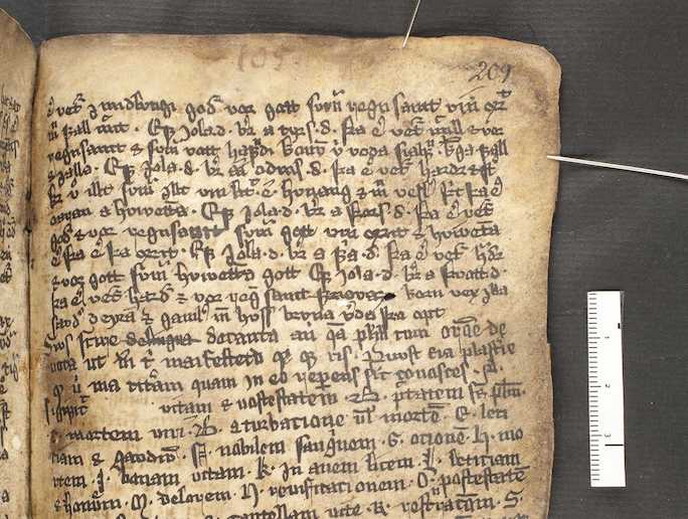New technical system captures and stores traditional dance
Intangible cultural heritage (ICH) essentially means the expression and performance of cultural knowledge, in particular concerning traditional dance. Although both UNESCO(opens in new window) and the EC consider ICH worthy of preservation, doing so is difficult in practice mostly because of its dynamic nature. Although ICH has long been recorded on film and video, these media suffer certain limitations. Conventional 2D media do not fully capture the performers’ emotional expression. Nor do such recordings permit modern 3D/4D modelling and rendering technologies, which can enhance physical objects with virtual objects. Furthermore, even modern stereoscopic digitisations only record the performance from one viewpoint, rather than from all sides. So, realistic 3D construction is not possible with 2D media. The EU funded Terpsichore(opens in new window) project developed a technical system that solves these problems. In ancient Greek mythology, Terpsichore was one of the nine muses(opens in new window) and the goddess of dance. The research was undertaken with the support of the Marie Skłodowska-Curie programme. The project’s system introduces a new concept of ICH motion-capture digitisation and modelling, which assists the documentation and preservation of ICH via digital libraries. In addition, the project’s new concepts facilitate more efficient and economical methods of data gathering. Terpsichore targets Greek folkloric dances including Kalamatianos, various tempos of Syrtos, and Enteka, plus Slovak traditional dances.
Fusion of technologies
“Our general objectives can be achieved by defining a collectively intelligent framework,” explains Anastasios Doulamis, project coordinator. “This integrates the latest advances from various technical fields of research, including digitisation, computer vision, computer graphics and 3D modelling.” The system also incorporates developments in digital library technology and digital scene presentation. Such features allow the new system to solve one of the major limitations of conventional 2D representations. “These capture neither the full details of the dance, nor the ‘spirit’ of the performer,” adds Doulamis. “Terpsichore will provide a framework for dance modelling, able to capture and codify the dancers’ motion and expression of the face and body.” This will provide all necessary tools for the preservation and study of a choreography.
Complete motion-capture framework
The result is a scalable motion-capture framework incorporating state-of-the-art devices able to capture depth information in real time. This tracks geometrically enriched points of interest on the dancers’ bodies through time. Researchers also developed new algorithms able to process the data, create 3D skeletal models, and flesh them out. This framework works even where the dancers are performing against a complex or dynamic background. Beyond physical motion, the system also documents musical elements of ICH. Now, these can be recorded to preserve local idioms and previously unrecorded traditional dances. The system also allows for exploration and codification of the mechanics behind traditional instruments. The Terpsichore consortium is now focused on the further collaboration with other H2020 EU-funded projects, specifically the National Technical University of Athens (NTUA), RISA SME, Metis Baltic SME, Centre for Research and Technology - Hellas (CERTH) and the Cyprus University of Technology (CUT). The project advances the preservation and distribution of European ICH. The outcomes will also benefit European education, arts and tourism.







